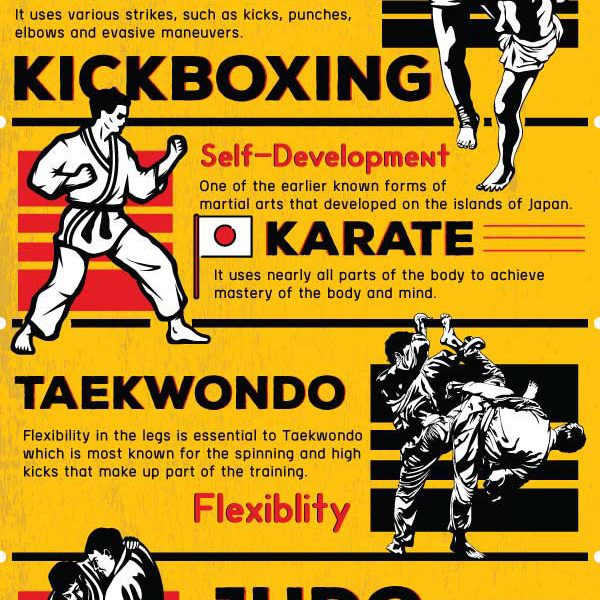Taekwondo Forms: Understanding The Fundamentals And Their Value
Taekwondo Forms: Understanding The Fundamentals And Their Value
Blog Article
Author-McQueen Goode
Did you recognize that there are over 20 different taekwondo forms, each with its very own distinct series of motions and strategies? chinese martial arts styles , also known as poomsae, play a vital duty in the technique and growth of taekwondo specialists.
But exactly what are these types, and why are they so significant? In this discussion, we will certainly check out the basics of taekwondo types, their origins, and the crucial elements that make them an integral part of this fighting style.
Whether you're a newbie or an experienced expert, recognizing the significance of taekwondo kinds will certainly deepen your recognition for this old method and improve your journey towards proficiency.
Origins and Development
The beginnings and development of Taekwondo can be mapped back to ancient martial arts practices in Korea. It was created over 2,000 years ago and has actually since become a prominent and worldwide acknowledged sport.
Taekwondo was greatly affected by numerous Oriental martial arts designs, such as Taekkyon and Subak, in addition to Chinese fighting styles. It was at first made use of as a way of protection, however with time, it advanced into an affordable sporting activity that focuses on striking techniques and high kicks.
In the 20th century, Taekwondo undertook a significant improvement and was standard right into its contemporary form. The Korea Taekwondo Organization played a critical function in this process, aiding to establish rules, strategies, and forms that are still followed today.
Key Elements and Methods
Currently let's check out the fundamental elements and strategies of Taekwondo. To fully recognize the key elements and methods, it is necessary to delve deeper right into the complying with subtopics:
- Positions: Taekwondo highlights the appropriate use positions, such as the front position, back stance, and horse position. These positions offer stability, balance, and power in performing numerous methods.
- Strikes and Kicks: Taekwondo is renowned for its powerful and vibrant kicks, including the front kick, roundhouse kick, and side kick. view it , such as punches and knifehand strikes, are likewise crucial techniques in Taekwondo.
- Blocks and Protection: Effective defense is crucial in Taekwondo. Blocks, such as the high block and reduced block, are utilized to secure versus inbound assaults. Appropriate timing and positioning are crucial to efficiently protecting oneself.
Benefits and Influence
Among the substantial benefits of practicing Taekwondo is the improvement of physical fitness and total well-being. By participating in normal training sessions, you can boost your cardiovascular health and wellness, toughness, flexibility, and endurance. Taekwondo entails a variety of movements that target different muscle mass teams, assisting you construct a strong and toned body.
In addition, this martial art advertises psychological well-being by minimizing anxiety and anxiety levels. The self-control and emphasis called for in practicing Taekwondo can aid boost your concentration and enhance your capacity to deal with tough scenarios.
Additionally, the technique of Taekwondo infuses a feeling of confidence, self-discipline, and self-discipline, which can positively affect different locations of your life. On the whole, practicing Taekwondo can cause a healthier and a lot more well balanced way of living.
Conclusion
So there you have it! Taekwondo forms aren't just simple regimens, but a representation of the rich background and evolution of this martial art. By grasping the crucial elements and methods, practitioners can reap various physical and psychological benefits.
From raised flexibility and toughness to enhanced focus and self-control, taekwondo forms have a lasting effect on those who exercise them.
So, whether you're a novice or a skilled martial artist, embrace the power of these forms and let them take you on a journey via time.
